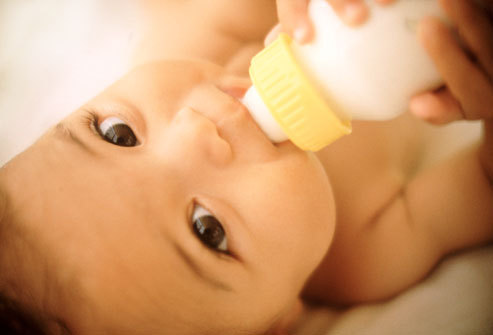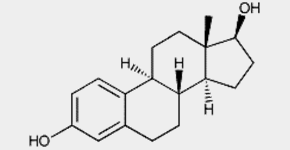Statistic
and Fact:
A statistic from Organic Consumers Association has shown that out of 97 can foods, more than 57 percent contained detectable and often high levels of BPA.
Consumers Union had found out, in year 2008, there were more than 22 billion cans produced for food and more than 100 billion cans produced for beer and soft drinks were with BPA.
The Center for Disease Control, CDC had conducted a urine sampling, according to the research, 93% of the population has BPA in their body.
Bisphenol
A, BPA:
Bisphenol A (BPA), is an endocrine disruptor, a chemical substance that will affect the secretion and elimination of natural hormones, once the secretion and elimination of the hormone interferes, it will affect the action and function of the hormone. Bisphenol A (BPA) can also mimic body’s own hormones such as estrogen. Bisphenol A has a same functional group with estrogen.
Bisphenol A, BPA
Estrogen
Bisphenol A is a major by-product of the breakdown of epoxy resin and polycarbonate plastic. Epoxy resin often use to coat the inner lining of cans, to create a barrier between the can metal and the food. When the interaction between the polycarbonate chains added heat or acid, the bond will break and BPA was then releases.
Structure of
polycarbonate, PC
What
kind of food container contain BPA?
-
 |
| Canned food |
 |
| Canned drinks |
 |
| Reusable water bottle |
 |
| Baby bottle |
 |
| Dental fillings and sealants |
-
Health effects:
Polycystic
ovarian syndrome
Fertility
Obesity
Cardiovascular
disease
Diabetes
Thyroid
function
Disruption
of dopaminergic system
Tumor
and cancer
How
to avoid BPA:
Avoid can food and canned soda or drinks.
Especially for those foods that have lower pH, in other word, more acidic food such as tomatoes and fruits. BPA can easily release from the lining of the cans when temperature is high or in an acidic condition.
We can stick with fresh tomatoes and fruits, or the sort come in glass jar. Drink more water and tea also is a better way for our body beyond the harmful chemical BPA.
 |
| Fresh tomatos |
 |
| fruits |
Learn about recycling codes, avoid number 3 and 7 plastic
Number 3 plastics have a high risk to release toxic breakdown products such as pthalates into food and drinks. When manufacturing number 3 plastics, a highly toxic dioxins can be release into the environment, and the materials can off-gas toxics plasticzers into our home.
Number 7 plastics is a wide range plastic resins that doesn’t fit into any other 6 categories of plastic. One of the number 7 plastic is the hard polycarbonate varieties that can leach Bisphenol A, BPA into our food and drinks.
 |
Use safe baby bottle and water bottle.
 |
| Glass baby bottle without BPA |
 |
| Water bottle without BPA. |






This is my first time i visit here. I found so many entertaining stuff in your blog, especially its discussion. From the tons of comments on your articles, I guess I am not the only one having all the leisure here! Keep up the good work.Best quality food managing products on amazon
ReplyDeleteThanks for sharing info. Keep up the good work...We hope you will visit our blog often as we discuss topics of interest to you
ReplyDeleteused kitchen equipment